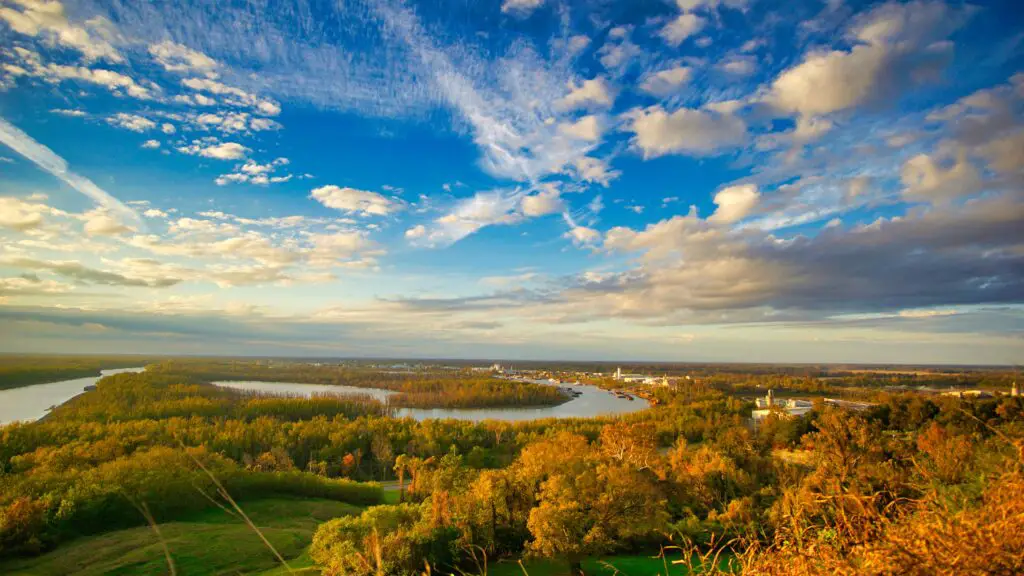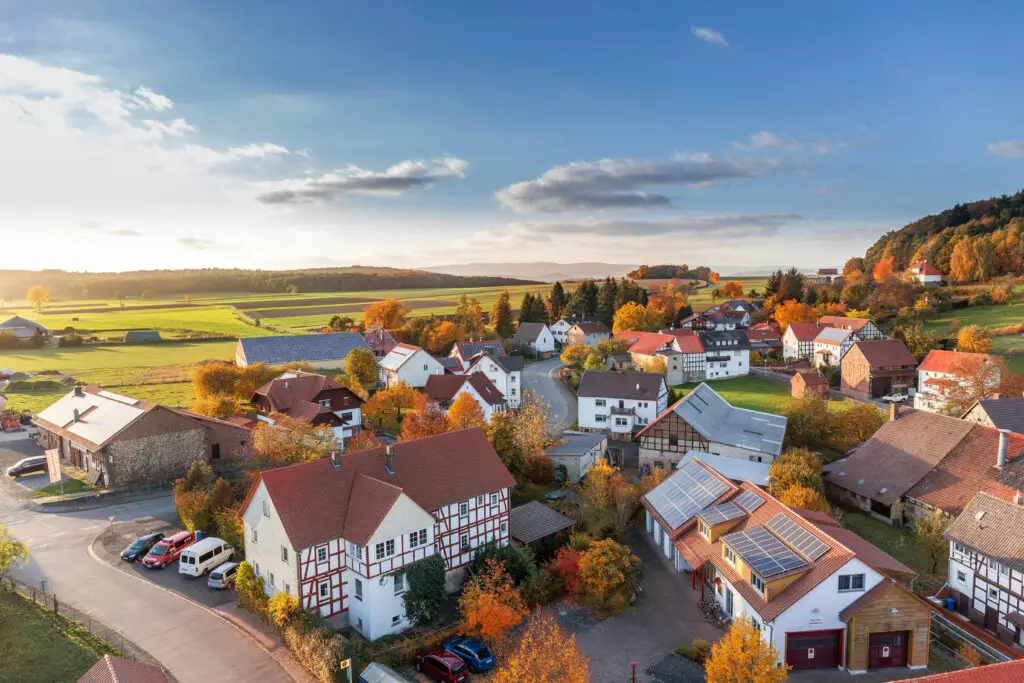1. Millennials Will Dominate Home Buying

Millennials are expected to become the largest group of homebuyers in 2025. With many reaching their peak earning years, this generation will drive demand for suburban homes and starter properties. Their preferences for sustainable and tech-friendly homes will also shape market trends.
2. Rural Areas Will Outperform Urban Centers

As more people embrace remote work, rural areas will see unexpected growth in their real estate markets. Lower costs, larger properties, and improved internet connectivity are driving this trend. Once-overlooked small towns are becoming the new hotspots for families and professionals alike.
3. Affordable Housing Shortages Will Persist

Despite increased construction efforts, affordable housing will remain a critical issue. Rising costs for materials and labor, combined with high demand, will keep inventory low. This will push many buyers toward alternative housing solutions, like tiny homes or co-living spaces.
4. Interest Rates Will Stabilize, But Not Drop Significantly

While interest rates may stop climbing, they won’t return to pre-pandemic lows anytime soon. Buyers will need to adjust to this new normal, with many opting for adjustable-rate mortgages. Stability in rates will, however, encourage more market activity compared to the uncertainty of recent years.
5. Secondary Cities Will See a Boom

Cities like Boise, Knoxville, and Des Moines will outperform traditional metros in terms of real estate growth. These locations offer affordability, strong job markets, and quality of life, attracting both investors and families. Their rising popularity will redefine the concept of prime real estate.
6. Luxury Real Estate Will Face Challenges

The luxury market will experience slower growth as economic uncertainty and shifting priorities lead buyers to focus on mid-range properties. However, unique luxury homes in desirable locations may still thrive. Buyers will prioritize quality over size in this sector.
7. Climate Change Will Reshape Housing Demand

Areas vulnerable to extreme weather events, such as coastal regions and wildfire-prone zones, will see a decrease in demand. In contrast, cities and towns with milder climates and fewer environmental risks will attract more buyers. Insurance costs will also play a significant role in influencing decisions.
8. Technology Will Revolutionize Real Estate Transactions

Blockchain, AI, and virtual reality will streamline the buying and selling process. Virtual property tours, automated valuations, and digital closings will become standard practices. This technological shift will make transactions faster, more secure, and more transparent.
9. Multi-Generational Homes Will Gain Popularity

With housing costs rising, more families will opt for multi-generational living arrangements. Homes with dual master suites, in-law units, or flexible layouts will be in high demand. Builders are expected to respond by designing properties that cater to this growing trend.
10. Co-Living Communities Will Expand

Shared living spaces that cater to young professionals and retirees alike will gain traction. These communities provide affordable housing with amenities like coworking spaces and communal areas. The social and economic benefits of co-living are making it a viable option for more demographics.
11. Remote Work Will Keep Reshaping the Market

As remote work becomes a permanent fixture for many industries, buyers will prioritize homes with dedicated office spaces and access to nature. Suburbs and exurbs will continue to attract those seeking larger homes for less money. This shift will redefine the geography of demand.
12. Sustainable Building Practices Will Drive New Developments

Green construction techniques and energy-efficient homes will take center stage in 2025. Developers will focus on creating properties with solar panels, smart thermostats, and sustainable materials. These eco-friendly features will appeal to buyers who value long-term cost savings and environmental responsibility.
